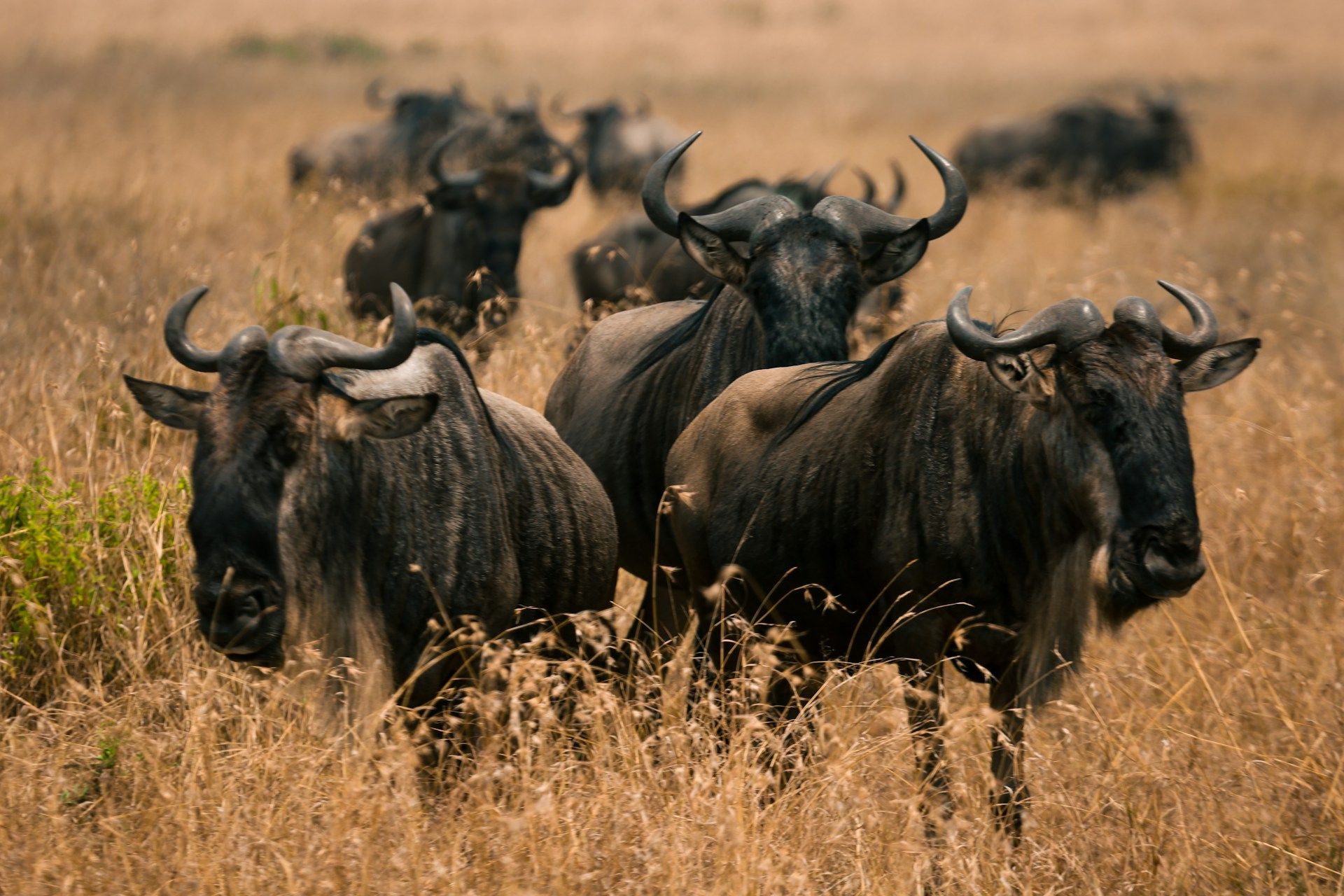Every year, like clockwork, something incredible happens in East Africa. Picture this: 1.5 million wildebeest, half a million zebras, and about 200,000 gazelles all packing up their hooves and hitting the road, so to speak. No documentation or preplanned itinerary. Just pure instinct and survival.
This is The Great Migration. If you’ve ever felt like your family's road trips are chaotic, then you need to read and know what these guys go through. Your experiences are a walk in the park.

3,000 km of sheer determination
The Great Migration is a year-long loop covering nearly 3,000 kilometres across Tanzania’s Serengeti and Kenya’s Maasai Mara. It’s not just a “once-a-year” thing. It’s happening all through the year. The animals are always on the move, following the rains and the fresh green grass. It’s the ultimate all-you-can-eat buffet on legs.
But don’t let the beauty fool you: this journey is also one of the toughest survival tests on Earth. Every step is a gamble with predators, exhaustion, hunger, and rivers full of hungry crocodiles.
January – March: Baby Boom Season
The year begins in the southern Serengeti and Ngorongoro Conservation Area. It’s peaceful. Well, as peaceful as life on the savanna gets. This is calving season, and it’s a sight to behold.
In February alone, about 500,000 calves are born in just a few weeks. That’s roughly 8,000 new wildebeest babies every single day! Imagine a maternity ward so busy it makes human hospitals look empty.
They pick this particular place because the grass in this region is short and nutrient-rich—perfect for nursing mothers and vulnerable calves. Of course, predators are very aware of this. Lions, cheetahs, and hyenas see calving season as their “All-you-can-eat” season. Sadly, not every calf makes it, but those that survive are stronger for it.
April – May: Packing Up and Heading North
By April, the grass in the south starts running out, so the herds gather and move toward the central and western Serengeti. This is when the wildebeest numbers rise to massive, thundering armies that stretch into the horizon. Zebras and gazelles also tag along.
Each species plays its role:
- Zebras eat the taller grass first, trimming it down.
- Wildebeest follow, munching on the shorter grass.
- Gazelles come in last, nibbling on what’s left.
It’s a perfectly organised system. Call it nature’s three-course meal plan.
By May, the herd starts congregating at Moru Kopjes, gaining momentum as it heads toward the Grumeti River. Mating season begins towards the end of May, with male wildebeests battling head-to-head for mating partners.
June – July: Danger at the Rivers
This is the most dramatic stage. Crossing the crocodile-infested Grumeti River in June, then the Mara River around July.
The Mara crossing is the stuff of legends. Imagine thousands of wildebeest crowding the riverbank, nervously pacing. Lush grass on the other side and big, hungry crocodiles in the water.
When one brave soul takes the plunge, the rest follow in a frenzied stampede. There’s the sound of the water splashing, hooves clattering, and, unfortunately, chaos. Many drown, others are made a meal of by the crocs, and some are trampled in the rush. It’s brutal, but it must take place.
Fun fact: over 200,000 wildebeest don’t survive the migration each year. But their sacrifice isn’t wasted. The remains left behind enrich the rivers and grasslands with nutrients, fueling the cycle of life.
August – October: Glorious, Green Grass
Those who make it across pour into Kenya’s Maasai Mara, where the grass is green, plentiful, and worth all the risk. This is when safari-goers get the best shows. Lions are on the hunt, cheetahs chasing calves, and endless herds stretching across the plains.
It’s rush hour, where there’s a lot of running, roaring, or flying.
November – December: Heading South Again
By November, the rains return to the Serengeti, and the herds begin their long trek back south. What goes up must come down, and the cycle starts all over again. Babies are born, grass gets eaten, predators get fed, and the rivers keep flowing with the nutrients left behind.
And so, the Great Migration never truly ends—it’s a living, breathing heartbeat of Africa.
Why it matters
The Great Migration isn’t just a spectacle for tourists or a “cool documentary” moment. It’s vital for the ecosystem:
- The constant movement regenerates the soil.
- The carcasses left behind in rivers boost nutrient levels—phosphorus, carbon, and nitrogen skyrocket, feeding fish and aquatic plants.
- Predators rely on the migration for food.
Without this migration, the Serengeti-Mara ecosystem wouldn’t be the same. It’s not just about survival for the wildebeest; it’s about survival for everything else, too.
Final thought
The Great Migration is more than a journey. It’s a story of resilience, teamwork, danger, and renewal. Maybe a little bit of adventure for the unsuspecting young ones. It’s messy, heartbreaking, beautiful, and awe-inspiring all at once.
Next time you complain about a long road trip, remember the wildebeest. No air conditioning, no snacks, and every river crossing could literally be your last. Still, they march on, year after year.
Now that’s a journey worth sharing.





